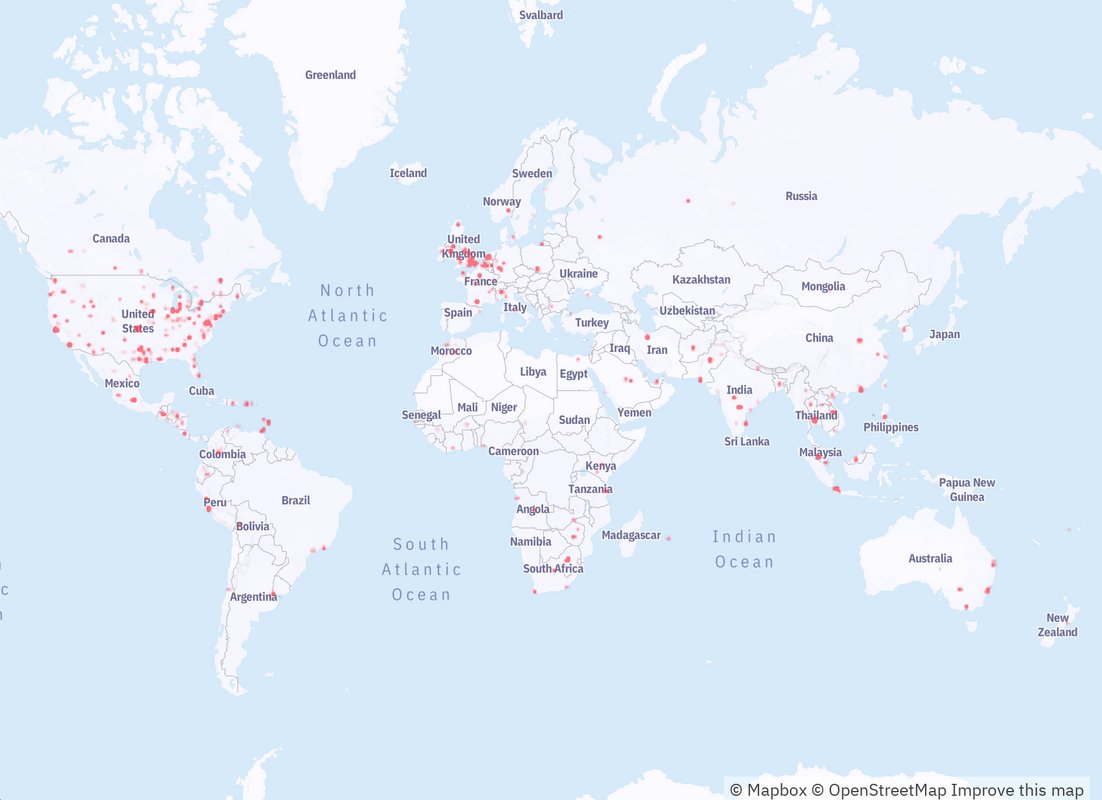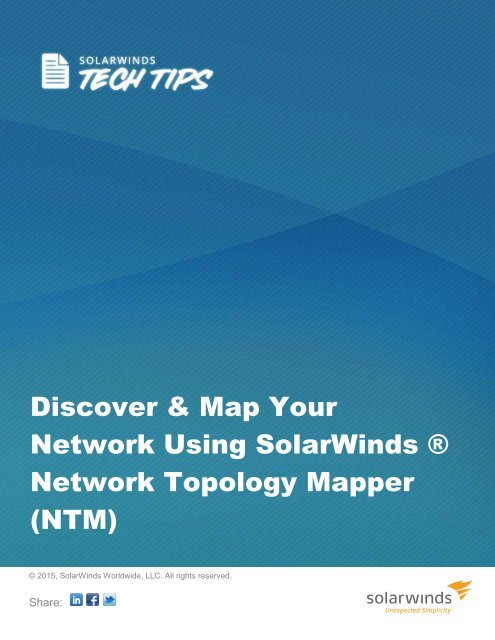


The result of application mapping is a complete picture of your application and server infrastructure allowing you to quickly see when and where problems are occurring. Regular application mapping can also ensure configurations are updated for individual components. Using a network polling tool with the ability to scan your network can allow you to more easily detect multi-layer server components necessary for application mapping.Īn application map can help show you the status of applications, especially whether a component is experiencing downtime. Especially for larger networks, a periodic scanning process is important for maintaining up-to-date documentation of a fluctuating number of nodes. Setting up a regular scanning process can allow for up-to-date server discovery. The discovery process can typically be determined through IP ranges and subnets. The application mapping process starts with discovery, which involves polling servers, applications, and determining their dependencies and interactions. Servers, processes, and devices at a glance and in real time. Then, youĬan use SAM and other SolarWinds software performance data in Orion Maps to see dependencies more easily across your Group entities, zoom in for more details, and assign icons to create the most informative visualizations. Provide you with more contextual insight into the overall performance of your environment by leveraging metrics fromĪcross several SolarWinds products-including SolarWinds SAM, SolarWinds Network

Since SAM is part of the SolarWinds Orion Platform,Įffectively map and monitor the relationships between applications and infrastructure. Services, and processes whether they’re part of a public, private, or hybrid environment. With the SolarWinds Server & Application Monitor system mapping software, you can monitor and map network


 0 kommentar(er)
0 kommentar(er)
